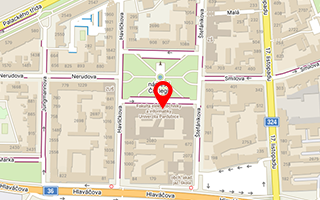Publication detail
Agent-based simulations of Transportation Nodes ? Methodology and Applications
Authors:
Kavička Antonín | Klima Valent
Year: 2006
Type of publication: článek ve sborníku
Name of source: MOSIS 06
Publisher name: MARQ Ostrava
Place: Ostrava
Page from-to: 9-20
